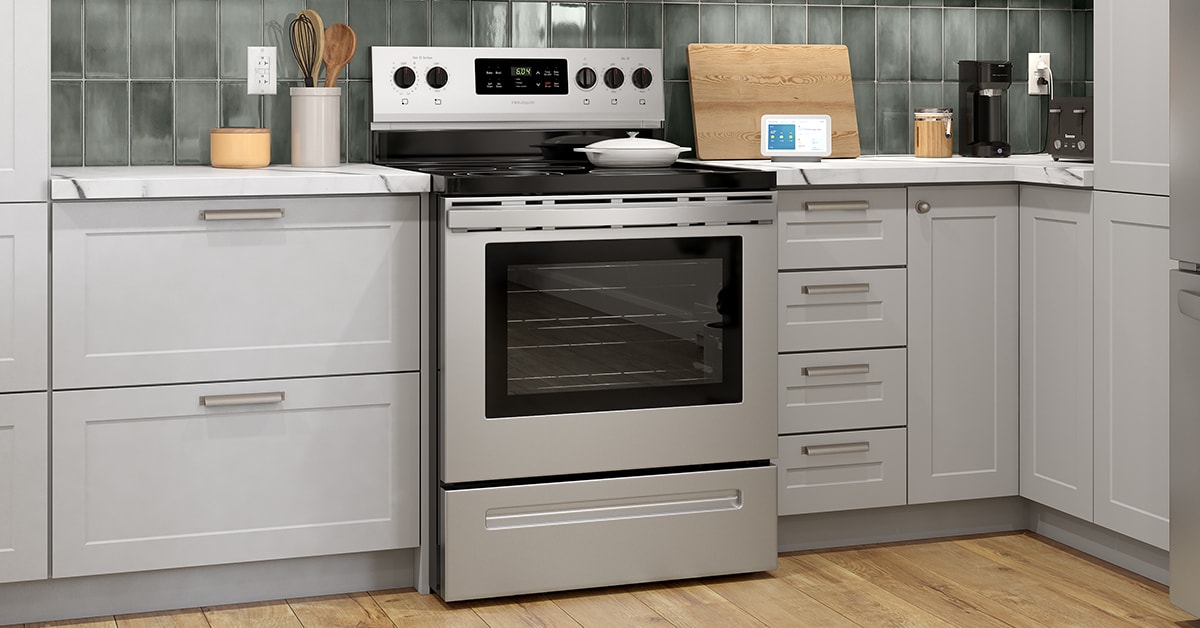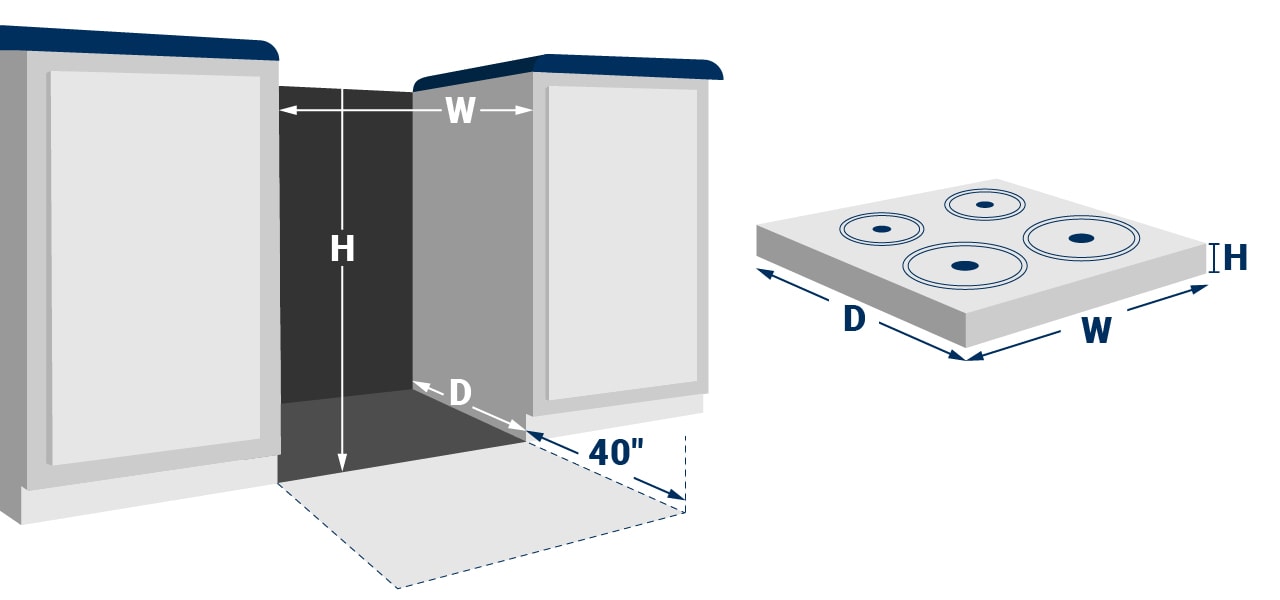Make Meal Prep Easier with the Right Kitchen Appliance



Veuillez vous connecter à votre compte afin de profiter de vos rabais en ligne.
Se connecterPlease sign in to your account to take advantage of your online discounts.
Sign in
Updated on June 12, 2023
Choosing your kitchen appliances is a decision that has a major impact on your daily life. There are many different types of ranges, stoves, and ovens, with a multitude of styles, models, and finishes to choose from. Check out our guide to choose the best one!





Some freestanding ranges come with a double oven. These models offer greater cooking flexibility and help you save energy by only using the smaller oven when necessary, and accelerating cooking times. They also enable you to simultaneously cook two plates requiring different temperatures, or to keep a dish warm while the other continues to cook. Note that there are also drop-in ranges available on the market, but that these models often require custom cabinetry.



There are 3 types of wall ovens (also called built-in ovens and fitted ovens) available on the market:
Ovens mainly use one of these two cooking methods:



Gas-fuelled surfaces must be installed and connected by a certified installer in order to meet building code requirements and all other local regulations.
Still having a hard time choosing? When you see a model you like, scroll down to the Reviews section. You will be able to read the comments of our other customers!

Many stoves and ranges have adjustable feet that can be raised if needed.

Most ovens use a standard 40W incandescent appliance bulb (A15). The main difference between a regular bulb and an appliance bulb is that the latter is specially made to withstand both heat and cold. Refer to the user guide to know what kind of light bulb to use.
Now that you’ve chosen the perfect range for your space, it’s time to think about the range hood! Be sure to choose models with a matching design and finish for a consistent look. Check out our buying guide to choose the right range hood for your kitchen.
